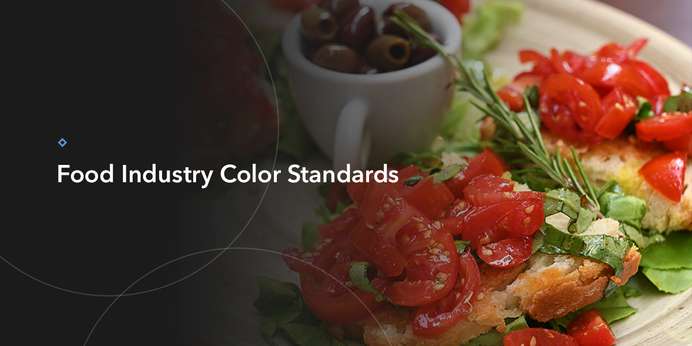What Are Color Standards and Why Are They Important?
The United States Department of Agriculture (USDA) has specific standards for measuring color in food products like tomatoes, olives and some frozen foods. Besides classifying products according to grade, these standards help agriculture professionals determine optimal picking and harvesting times. Food processing plants also use USDA standards to ensure foods meet the necessary specifications throughout each manufacturing stage.
The Food and Drug Administration (FDA) has a set of standards to help companies eliminate the dangers of food coloring, specifically when done artificially. Accurate coloring is critical for branding and identifying many types of foods because it often influence's a customer's likelihood of purchasing a particular product. Some common foods with artificial dyes include ice cream, yogurt, candy, salad dressing and cooking oil.
Meeting Food Industry Color Standards
When adding artificial food coloring, maintaining FDA compliance is crucial. The FDA must approve any synthetic food coloring a processing company uses, while some dyes may be subject to an entirely separate certification process. With fresh produce, grocery stores use USDA color charts as their primary tools when determining acceptability.
Spectrophotometry is one of the most accurate and reliable methods of measuring food color to comply with FDA and USDA regulations. Rather than depending on human vision to compare a sample against an existing standard, spectrophotometers calculate the ratio of reflected light between the two colors, allowing production facilities to make more precise comparisons.
At HunterLab, we offer a comprehensive selection of spectrophotometers for the food industry to accurately and reliably measure color for an extensive range of products, ensuring your operation meets all the necessary regulations and standards. Many of these devices offer easy-to-use controls and convenient portability, allowing you to make quick color comparisons while on the production floor.



